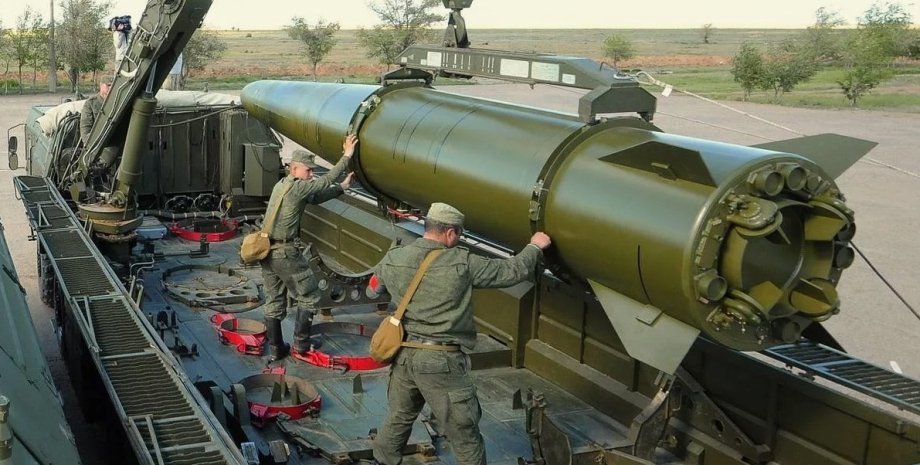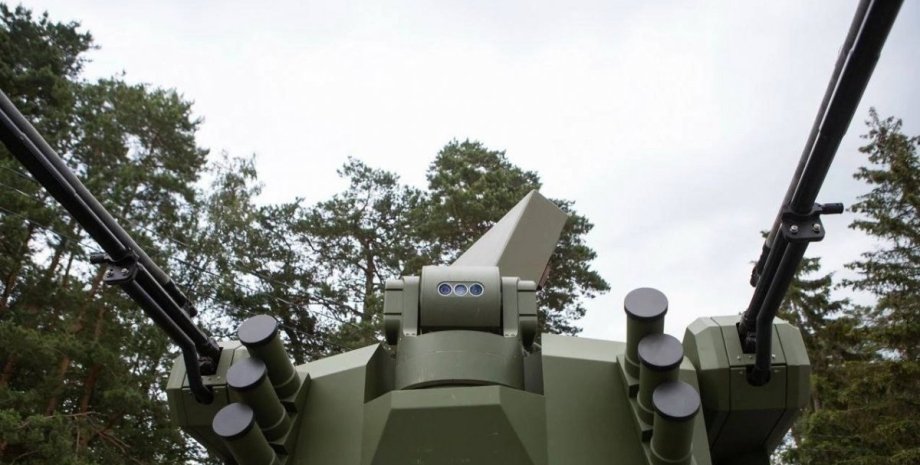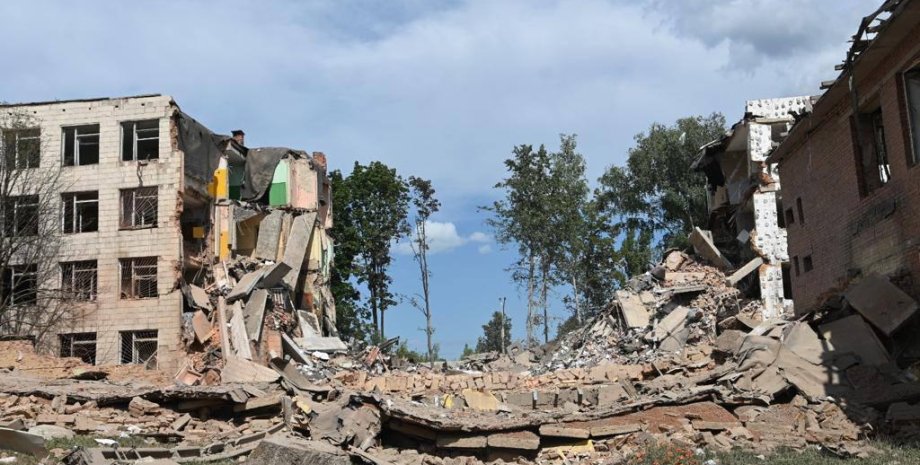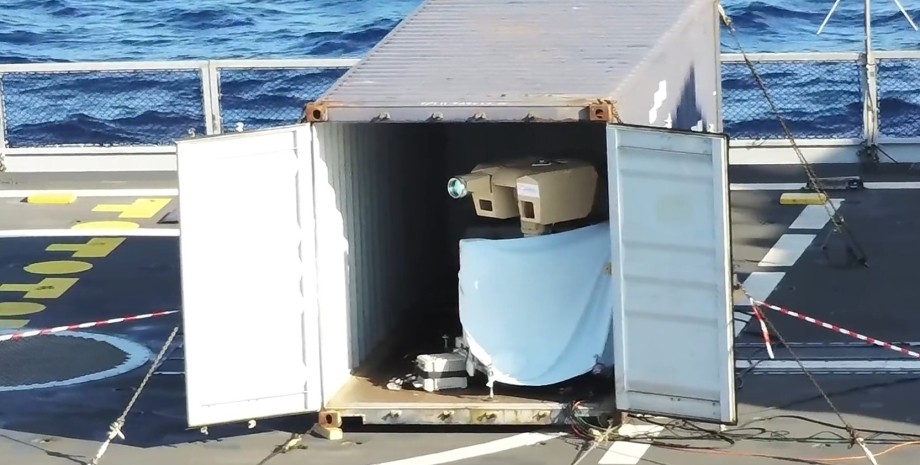
According to March 12, the host of the Ukrainian Telegram-channel "Colonel of the GSC", engineers intensified 9M723 missiles with small adaptive antenna antenna grates (MAAR) of the Comet series to protect navigation signals from obstacles. The publication states that the Russian weapons instead of a container for false purposes in the tail part of the rocket have installed additional modules of satellite navigation system, which resemble digital modules "Comet" in their structure.
The "militaristic" observers write that the modules "Comet" were found in the wreckage of 9m723, which were found in one of the regions. The channel has published appropriate photos of a rocket equipped with such modules. "This number of antennas should provide a high level of suppression of radio electronic systems and can simultaneously neutralize several interference sources," experts say.
The four -element Maar of the Comet series is designed to solve navigation problems in the conditions of the created and unintentional obstacles. The device provides protection for the GNSS Navigation Signals L1 with open access, which includes Glodass, GPS, Galileo, and SBAS systems. The antennas of this series, according to the sources, increase the resistance to obstacles by 40-50 dB, which is equivalent to reducing the suppression radius 100-300 times.
The Maar "Comet" series is made in several design, with different versions. In particular, there is a module where four antennial elements are installed in one case. This makes it possible to receive spatial information about the direction of the obstacle radiation and its compensation. In addition, there are samples where eight antenna elements are installed. Viewers say that the modules of the version of "Comet-M" Russians used in their drone in 2022.










All rights reserved IN-Ukraine.info - 2022